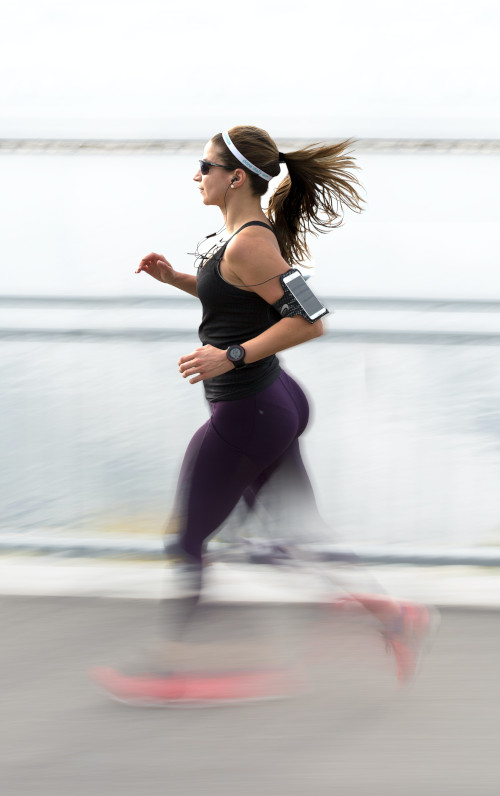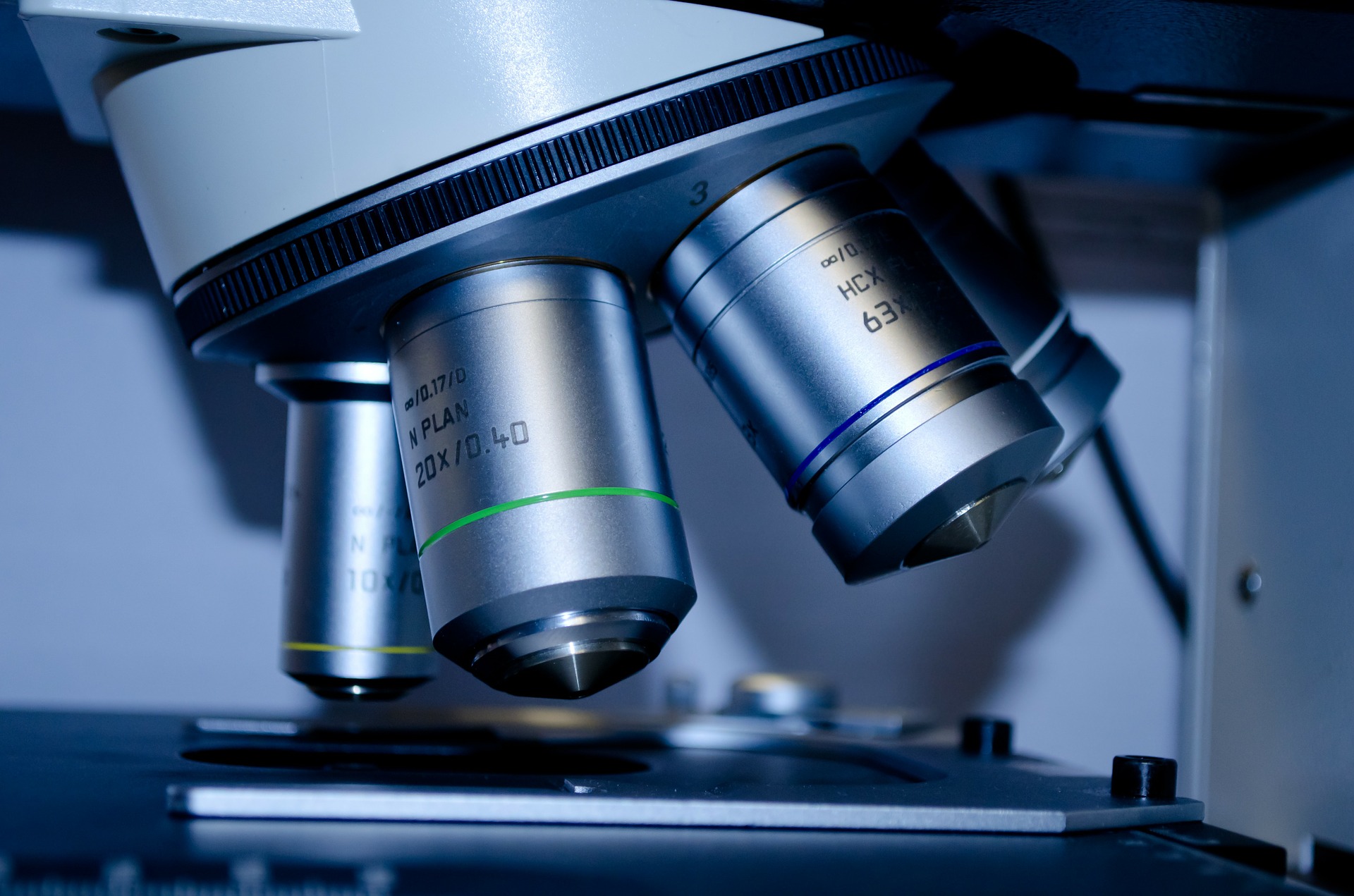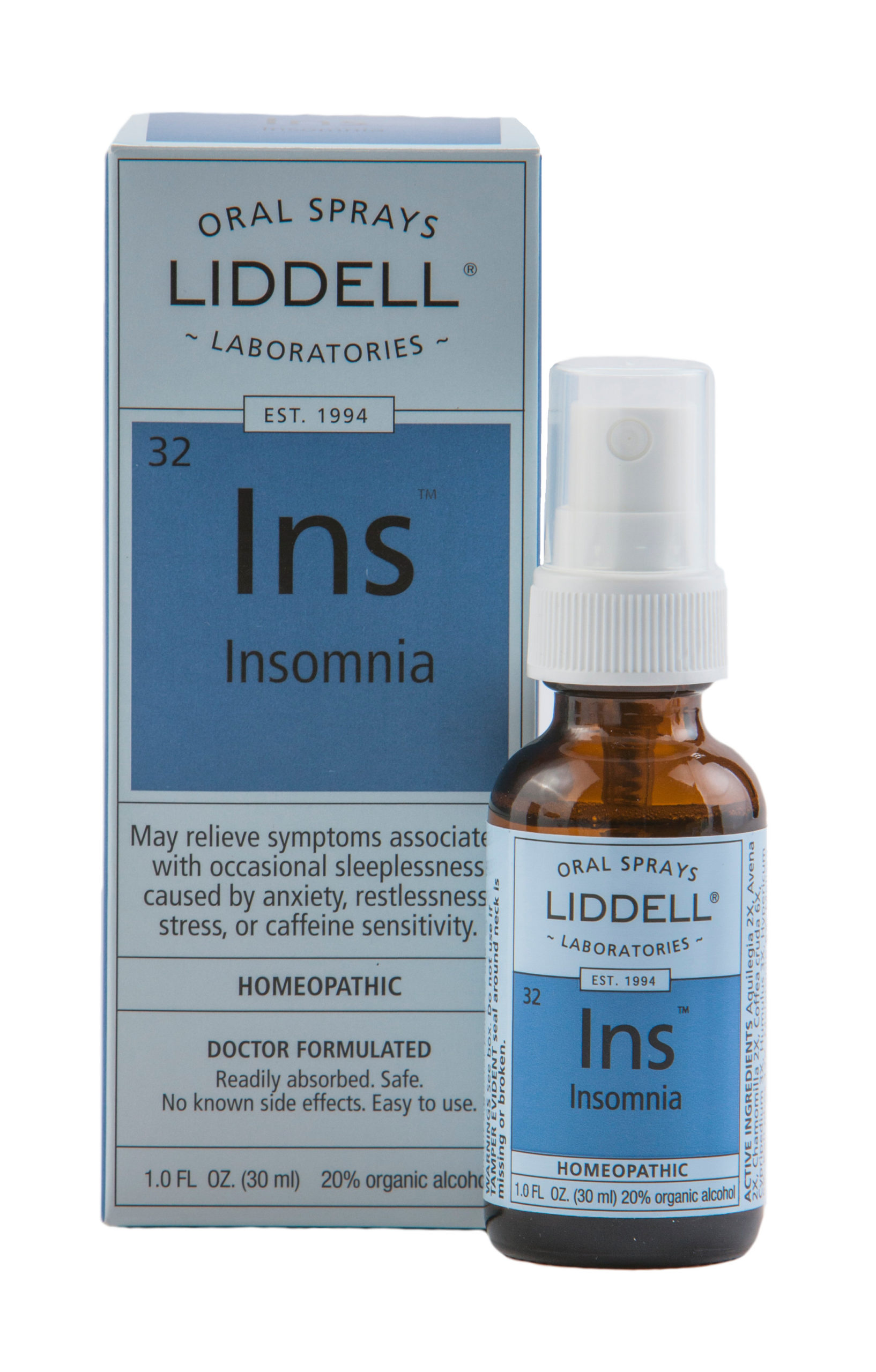By Jana Taylor
I am not a runner. I am an occasional slow-plodder. Because of that inconsistency in my running life, I have often been the victim of the dreaded side stitch. Everyone who has ever run, whether in high school track or for exercise later in life, knows the feeling and we all try different things we’ve heard to prevent these painful cramps with dubious results. I’ve heard everything from you should only breathe through your nose to you should punch yourself in the stomach at the first sign of pain. Neither of these things will work and I would argue that punching yourself in the stomach may make things worse. At best, people may wonder if you are psychotic if they see you standing there beating yourself up. Contrary to what you may have heard, side stitches also do not exclusively affect runners. In truth, any activity that twists the upper body can trigger them like swimming and even horseback riding.
 Side stitches have a medical name: exercise-related transient abdominal pain, or ETAP. If you think because it has a medical term there is also a treatment you are mistaken. For all the advancements in medicine and science we’ve made this is one that has eluded the smartest among us, however, there are some things we’ve learned about them. For instance, we know they tend to occur most in younger people. The older you get, the less ETAP you experience (one of the few benefits of getting old)! The more consistently you exercise the less frequently they will occur which may be enough motivation to keep you going. Here’s an interesting fact: half of the people who experience ETAP say they are triggered by drinking or eating before activity and further lab research showed that consuming high sugar liquids was more likely to trigger cramps – twice as much, in fact, than beverages with no sugar.
Side stitches have a medical name: exercise-related transient abdominal pain, or ETAP. If you think because it has a medical term there is also a treatment you are mistaken. For all the advancements in medicine and science we’ve made this is one that has eluded the smartest among us, however, there are some things we’ve learned about them. For instance, we know they tend to occur most in younger people. The older you get, the less ETAP you experience (one of the few benefits of getting old)! The more consistently you exercise the less frequently they will occur which may be enough motivation to keep you going. Here’s an interesting fact: half of the people who experience ETAP say they are triggered by drinking or eating before activity and further lab research showed that consuming high sugar liquids was more likely to trigger cramps – twice as much, in fact, than beverages with no sugar.
There is further speculation that experiencing ETAP may have to do with jolting movements causing stress to the ligaments in the diaphragm. Still, others say bad posture is a contributing factor. None of these have been proven and it’s all speculative.
When it all comes down to it, having ETAP is not life-threatening and is merely a temporary annoyance. The most practical advice is to track your activities before and during exercise. Note what you ate or didn’t eat, keep track of how much liquid you drank, and note your posture and see if you can spot any trends. But most importantly, recognize what works for someone else may not be the correct approach for you!
don’t need to convince you that homeopathic medicines are effective; after all, you have been using them with great success which is why you have come to rely on our products. But still, doesn’t it bug you when detractors say that homeopathics are useless because they are diluted down to nothing? Your own experience proves them wrong, but as far as scientific evidence is concerned – there hasn’t been any way to demonstrate it, that is, until now.
As the technologies around science get more advanced, we learn new things all the time that would be impossible to discover even a decade ago. Breakthroughs in all areas of science are occurring at an ever growing rate, driven by our technological advancements. But, some of the most exciting findings have been in the world of tiny nano-particles. Nano-particles are described as particles between 1 and 100 nanometers in size. For an idea of scale, a nanometer is 1 billionth of a meter. A single atom is one-tenth of a nanometer, and subatomic particles are still smaller than that. Quantum mechanics (the study of these very small particles) has shown that these tiny particles can and do have impact on our macro world, and can be useful in everything from medical PET scans to quantum computing.
But the breakthrough that I’m most excited about is the study around nano-particles which has shown that at the very highest prescription strength dilutions of a homeopathic substance (50M) there are still nano-particles of the original substance that exist. Further, not only did researchers discover that these particles exist, but they showed that they had demonstrable effects when tests were run on homeopathic dilutions versus a control substance.
Of course, this isn’t definitive proof of the effectiveness of any given homeopathic remedy, but it does rule out the main argument that naysayers have leveled about homeopathy for years – that there “is nothing in it”. Science has proven conclusively that they are incorrect, there is definitely something there, and we look forward to new advancements in scientific research that will further affirm the things we already know from experience.
 Jana Taylor is a staff writer for Liddell Laboratories.
Jana Taylor is a staff writer for Liddell Laboratories.

 There’s something there
There’s something there